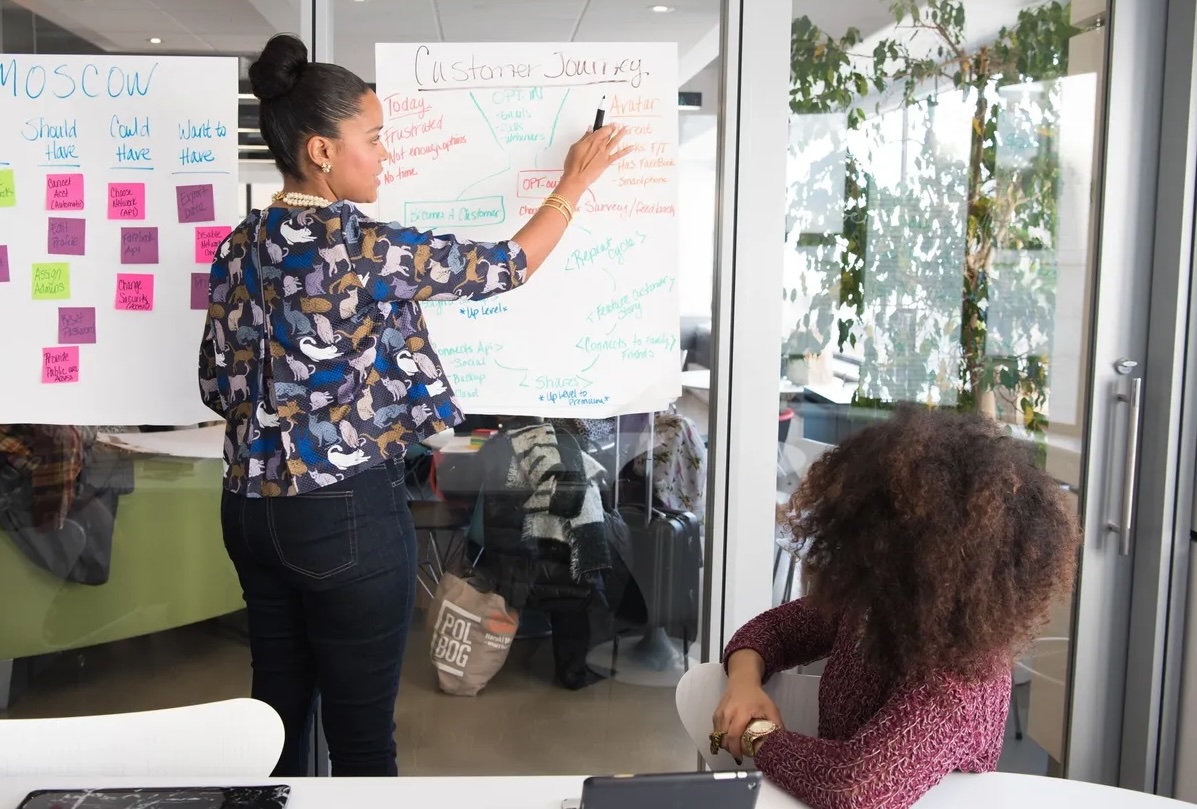ImpactAlpha, July 19 – Community-led investing. Grassroots community engaged investing. Participatory investing.
Whatever it’s called, the practice of shifting investment decision-making power to communities that are closest to the solutions has become a hot topic among impact investors.
A handful of nonprofit funds have pioneered the model, from the Boston Impact Initiative and Ujima Project in Boston to the East Bay Permanent Real Estate Cooperative Fund and Real People’s Fund in Oakland, Calif. But putting the ideas into practice has proved trickier for larger institutions, including philanthropic foundations, which collectively hold more $1 trillion in assets.
To help foundations along the journey, Common Future and the Mariam Assefa Fund of World Education Services have released an online toolkit for participatory investing – their preferred term for the investment approach that gives meaningful power and ownership to historically excluded communities over capital strategy, design, implementation, and outcomes
“In order to be good stewards and create meaningful impact, institutions must rethink who is at the table and how decisions are made,” says WES’s Smitha Das. “Participatory investing, at its best, deepens trust and relationships to ensure that investment decisions are rooted in community.”
Roadmap for funders
The toolkit grew out of a year-long “action lab” convened by Common Future that brought together 16 leaders from eight foundations. Members of the cohort committed to taking concrete steps. WES has worked to build trust with local groups and is exploring participatory investing in some of its endowment. Footprint Foundation has set aside $4 million over five years to be allocated by a community group to grants and, more recently, mission-related investments.
The Samuel Fels Fund has added people who have been impacted by structural racism and inequality to its board and investment committee, and has made a $5 million commitment to a participatory process that centers the voices of Philadelphia’s Black community.
The toolkit is intended as a roadmap for funders who are curious about participatory investing but don’t know where to start, said Das. It adds to a growing list of such resources, including work by Transform Finance, Justice Funders, and authors Ben Wrobel and Meg Massey (see, “Letting go: How investors are giving up control to democratize finance”).
The toolkit moves from level-setting to action-oriented steps. For example, many organizations toss around the term “community,” but defining and understanding who exactly an organization’s intended community is is essential before moving forward. There are also non-negotiable principles, among them: build trust, be accountable and shift power not burdens.
Moving to a more participatory style of investing is not a linear process, and the Common Future-WES toolkit is designed to reflect that. “Each institution that’s going to be interacting with this is going to be in a very different place and within a very different context,” explains Katheryn Witt of Common Future.
Footprint Foundation spent four years fostering a diverse, local network of community partners in Chattanooga that are now collaborating with the foundation to allocate grants and capital. “The entire process is iterative and murky,” said Footprint’s Lisa Pinckney. The work “involves extending invitations, tending to relationships, and creating learning opportunities.”
Networks of abundance
The Heron Foundation – already a pioneer in mission-aligning its endowment – three years ago declared it would methodically hand investment authority over to 5 to 10 local communities.
“We’re just the asset owner,” Dana Bezerra, then head of Heron Foundation, told ImpactAlpha. “Instead of extracting the wisdom from these communities in order to make deployment decisions, why don’t we start a process of handing over the deployment?”
In a parting essay last year, Bezerra, who now runs nonprofit Greater Share, urged funders to think of themselves as part of generative “networks of abundance.”
Solidarity economy
In their book Letting Go, authors Ben Wrobel and Meg Massey explore how activists have borrowed principles from the “solidarity economy” to build new democratic systems inside the capitalist system.
One example: the Southern Reparations Loan Fund, a local, diverse-led fund that lends to worker-owned businesses that support Black, immigrant and poor white communities. Seed Commons is a national network of more than 30 locally-rooted loan funds that make capital available available to cooperatively-owned businesses
Centering communities
“Too often, community engagement takes the form of a consultative, performative, ‘check-the-box’ measure,” Transform Finance’s Andrea Armani, Shante Little and Curt Lyon wrote in an ImpactAlpha guest post exploring grassroots community engaged investing.
“This distinction – between consultative measures of gathering input from a community and centering them as decision makers – is critical for any investor seeking to invest in alignment with a mission.”











